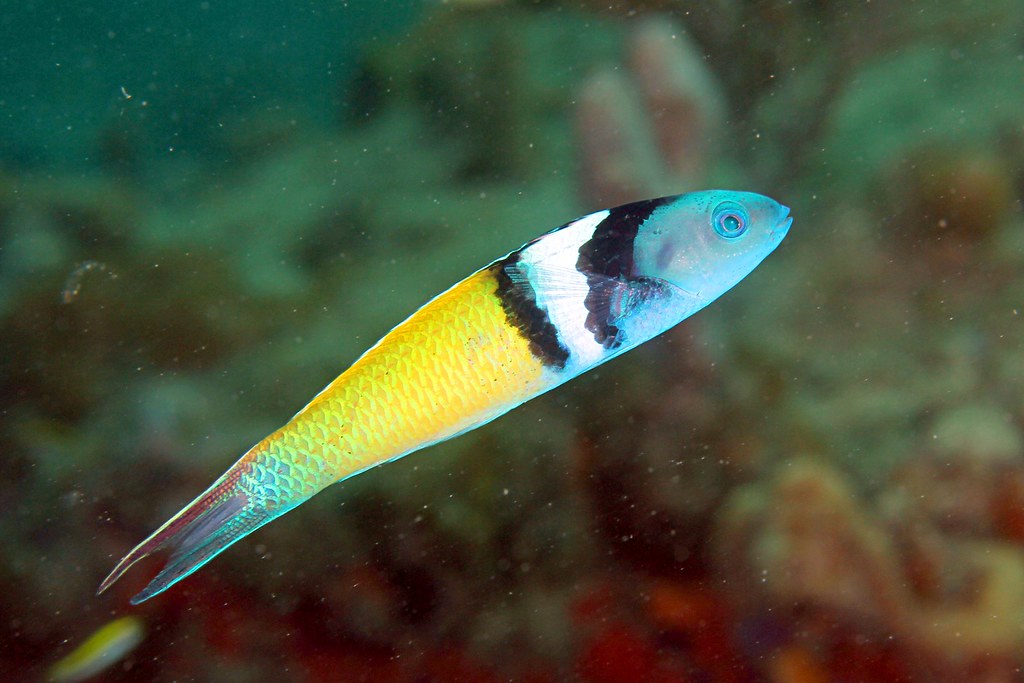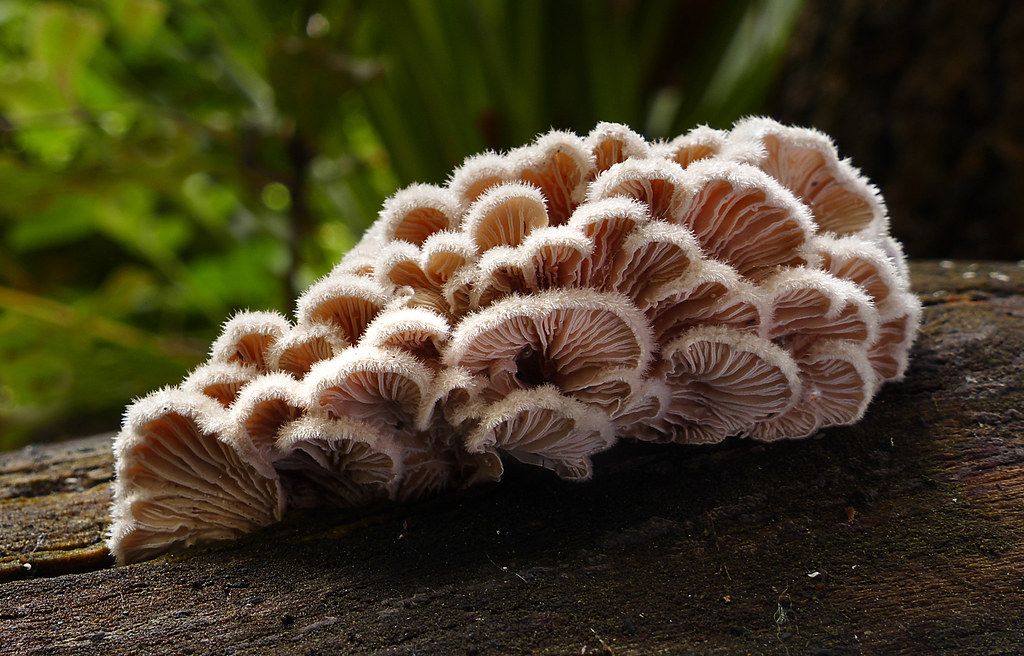
The animal world is full of absolutely bizarre and eye opening configurations. There are millipedes with 1,300 legs; fish with transparent heads and bright green orbs for eyes; birds with claws on their wings who climb trees; and whatever the hell a sea pig is.
It is tempting, as someone who finds the richness and complexity of the natural world awe inspiring, to use this as a tool when discussing the complexity of human life. I made a whole episode of my old show Flash Forward thinking about nature metaphors and their value in conversations about the future.
Tested is all about the ways in which variations that exist in human biology clash with the binary nature of cultural institutions — in particular, sports. As I say in the show: Sports are binary. Human bodies are not.
And as far as nature analogies go, this is an absolute goldmine. Earthworms will change their sex, depending on who else is in the ground near them at the time. Some species of fish do the same. Snails have both male and female reproductive organs and can mate with whoever they want. Some ant species have three, or four sexes. The mushroom Schizophyllum commune has, by some counts, over 23,000.
It was tempting, at many points of making Tested, to point to these creatures and say: “Look! Mushrooms have twenty-thousand sexes! Fish change biological sex back and forth over their lives! Humans are just one example of a vast array of infinitely variable combinations of cells and genes and bodily configurations. It would be foolish to think that we alone have a simple, orderly biology, while the rest of Earth lives in joyous chaos. And how freeing that is! We are, like the fish, full of potential and wonder!”
I chose not to do that.
We do use a nature metaphor at the end of the show, to talk about how to think about organizing the world. But not, specifically, about biology and sex. And I want to talk a little bit about why.

The first and simplest reason is that it’s really easy to fuck up nature metaphors. Done poorly, nature metaphors can range from confusing (trying to use animal senses to ask whether Israelis and Palestinians live in the same world) to deeply problematic (comparing US targets in the Middle East to parasitic wasps).
The second is that for some people the fact that a fern or a jellyfish might have 100 sexes simply doesn’t matter. Because what we’re talking about here — sports, the Olympics, elite athletics — are uniquely human constructs. Mushrooms and ants don’t compete in the Olympics. Humans do. So it’s all well and good and even cool that a bluehead wrasse can undergo a complete physical transformation from female to male in just 20 days — complete with color change and developing testes — but that’s wholly irrelevant to who gets to compete in human sports.1
Those first two reasons are enough to think carefully about your choices with nature metaphors. But the third reason is the one that actually had the most impact on me. And it’s the most interesting, and the most complex.
Earlier this week, I sent out a section of my conversation with Amanda Lock Swarr, a professor at the University of Washington, whose book Envisioning African Intersex: Challenging Colonial and Racist Legacies in South African Medicine traces the long, convoluted history of the (incorrect) assertion that intersex people are more common in Africa. And reading that book cast nature metaphors in a totally different light for me.
A core pillar of racism and eugenics is the idea that some people are intrinsically superior to others. There are a lot of ways in which those claims get made — cultural superiority, genetic superiority, spiritual superiority, usually some combination of the three — but a key argument made by the white Europeans and Americans who worked hard to build and reinforce their own global dominance was the idea that they were simply better than black and brown people. And one of the ways they argued this was idea that white people were more “civilized” while black and brown people were more “primitive.” In other words, white people were humans, and black and brown people were animals. And if not truly, fully, animals, then perhaps something in between.2
“Throughout the nineteenth century, southern Africans were displayed as the antithesis of civilization and of normative European bodies, presented as the “missing link” between humans and animals,” Swarr explains in her book.
Meanwhile, in parallel with the core era of brutal colonial expansion, scientists studying the natural world were learning more and more about how animals reproduce. Researchers were discovering that some animals don’t have to have sex at all, to make new animals. They were publishing some of the earliest studies on hermaphrodism in the natural world in creatures like parasites.
And in the 19th century, these two ideas converged as a way to “explain” the (again, incorrect) idea that black people in Africa were more likely to be intersex. “During the late 1800s, scientists classifying plants, animals, and humans argued that hermaphroditism was predominant in organisms that were low on the evolutionary scale,” Swarr writes. “Scientists of this time held the belief that the higher beings were in the evolutionary hierarchy, the stronger the differentiation between “males” and “females,” and they asserted that rigid gender differentiation evidenced colonialists’ biological superiority.” Only lowly, unevolved animals were intersex.
So the idea that intersex people were more common in Africa fit perfectly with the racist idea that those people were less human that the white population of Europe. Of course people further down in the hierarchy of evolution would be more likely to see this kind of variation.
Today, the vast majority of the women being excluded by “eligibility policies” in sports — policies that dictate which women are allowed to race in the female category, and which aren’t — are black and brown women from the global south.3 There are a handful of reasons for that, ranging from straight-up racism to neonatal care options around the world. (You can hear more about this on episode four of Tested!) That fact, and the shadow of this history of eugenics and claims of intersex biology and its link to the animal kingdom, cast nature metaphors in a different light for me.
And so I decided not to go there.
I should be very clear here that I don’t think anybody who has used these kinds of metaphors in the past is racist, or is even doing anything wrong. There is real power in pointing out that humans are part of a complex and incredible world. And also, there’s a whole lot of history to grapple with too. This is where I landed, and it’s a personal choice.
Footnotes
- I actually drafted a short story about sex testing at the animal Olympics (a thing that does not exist) once in a fatigue induced haze. It was not good, but it was kind of funny. ↩︎
- Knowing this, it’s worth noting that in the 1968 the IOC Medical Commission commissioned a report on sex testing after the Grenoble games. In that report, a Dr. Jacques Thiebalt called intersex women “hybrid beings.” Here’s the quote in full: “This is why I consider that our duty as doctors must prevail over all other things, even if they were Olympic, and that if we find such hybrid beings we must treat them if possible, or at least help them to accept their lot as we do when we discover any infirmity. This proves that the examinations must be treated as an absolute medical secret and the more or less radical sporting measures which result must be inspired by the desire not to harm but rather to help. Therefore our action will never be punitive but will always be dissuasive.” ↩︎
- The only woman I know of who might not exactly fit this description who has been caught up in gender verification policies since 2009 is Lin Yu-Ting — the boxer from Taiwan. Markers like “global South” are always tricky and slippery and imprecise (and some argue should be done away with). Taiwan is technically considered part of the Global South by most official definitions, but some Taiwanese folks have pushed back on that grouping. ↩︎